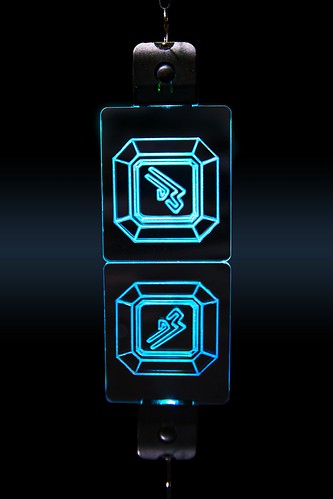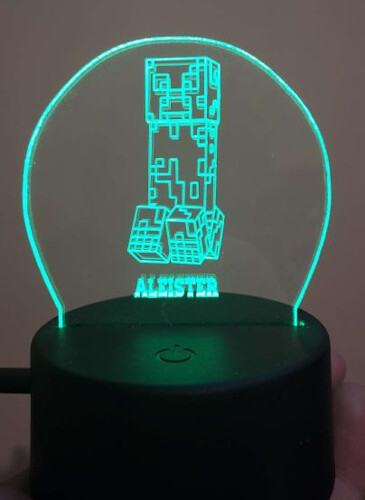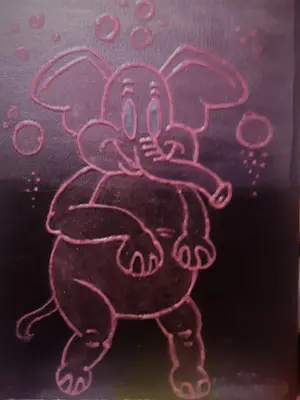Boiler drool cup mount on a 1927 Peerless stationary steam engine.
A weep hole under the firebox was dribbling liquid combustion byproducts onto the tow hitch and trashing the paint.

Two scrap angle iron pieces were welded together to produce a platform.
A holesaw was used to cut the needed radii to nest it on the pipe hitch assembly


Trial fit to check the level of the mount.
Was set up within one minute of accuracy.
Probably level enough
The extra holes were plug welded shut and the assembly was ground all over to remove any sharp edges.

Blue, custom fitted brass retention posts
Yellow, brass spittoon
Red, brass drawer pull to use as a knob
The stainless steel stud was set up at just the right length to prevent damaging the spittoon base.
The knob limits the amount of torque applied to it.
A custom radiused brass washer was machined just to pretty the assembly up.
An aluminum bar was used for the binding stud attach point.
The entire assembly was painted the matching color to the hitch.
The selected hardware was all brass or stainless steel in order to prevent major corrosion.

A hole was drilled and tapped for an attachment bolt hidden under the vessel.
Final installation completed and ready for the show!

A weep hole under the firebox was dribbling liquid combustion byproducts onto the tow hitch and trashing the paint.
Two scrap angle iron pieces were welded together to produce a platform.
A holesaw was used to cut the needed radii to nest it on the pipe hitch assembly
Trial fit to check the level of the mount.
Was set up within one minute of accuracy.
Probably level enough
The extra holes were plug welded shut and the assembly was ground all over to remove any sharp edges.
Blue, custom fitted brass retention posts
Yellow, brass spittoon
Red, brass drawer pull to use as a knob
The stainless steel stud was set up at just the right length to prevent damaging the spittoon base.
The knob limits the amount of torque applied to it.
A custom radiused brass washer was machined just to pretty the assembly up.
An aluminum bar was used for the binding stud attach point.
The entire assembly was painted the matching color to the hitch.
The selected hardware was all brass or stainless steel in order to prevent major corrosion.
A hole was drilled and tapped for an attachment bolt hidden under the vessel.
Final installation completed and ready for the show!


